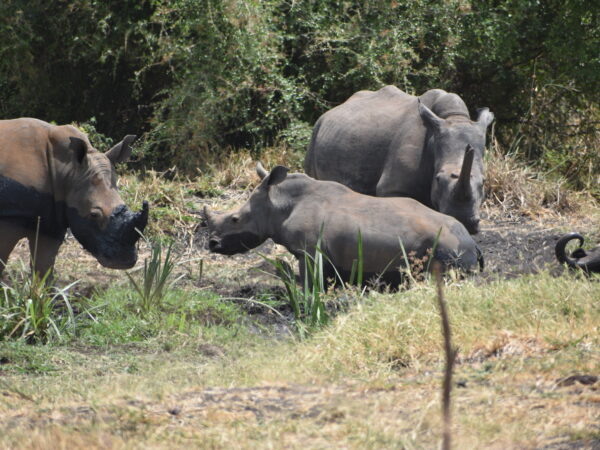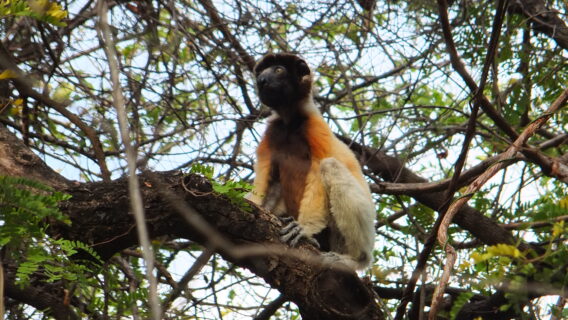
Skin disease in rhinos in Solio, Nairobi, and Meru sanctuaries, Kenya
Project description
Stephanofilaria is important to the conservation of the rhino population in Kenya, especially black rhinos, which are severely affected by this disease. Cases of infection have been reported in various rhino sanctuaries, including Lake Nakuru National Park, Maasai Mara National Reserve, Nairobi National Park, Ngulia Rhino Sanctuary, Ol Pejeta Rhino Sanctuary, Lewa/Borana Ranch Rhino Sanctuaries, Oljogi Conservancy, Solio Conservancy, Tsavo East National Park, and Ruma National Park.
Threats

Diseases
The disease caused by various species of Stephanofilaria leads to dermal ulcerative lesions in specific regions of the body of their mammalian hosts. In rhinos, infection with Stephanofilaria dinniki causes erosive, ulcerating lesions that are 2–3 cm deeper than the surrounding skin, with crusting and raised edges above the normal skin surface (Tremlett, 1964). Secondary infection of Stephanofilaria-induced wounds is a major cause of mortality, especially in captive rhino populations. Currently, there is no information on the vector responsible.
Project objectives
- Trap and identify suspected Stephanofilaria vectors (e.g., flies) within rhino sanctuaries
- Perform morphological identification of the vectors
- Dissect vectors and extract Stephanofilaria larvae to determine vector competence
- Undertake molecular identification of the vectors
Project activities
- Trapping of assorted flies from rhino sanctuaries
- Cryopreservation of live flies
- Dissection of flies
- DNA extraction
- PCR
- Sequencing
- Data analysis
- Publication of detailed report
This research project is implemented by Royford Mwenda Mbaka, Wildlife Research and Training Institute.
Coq en Pâte Editions has supported IUCN Save Our Species since 2015 through the sale of specially designed children’s apparel available in more than 400 outlets worldwide, including many zoos and aquaria, as well as via www.coqenpate.com.





